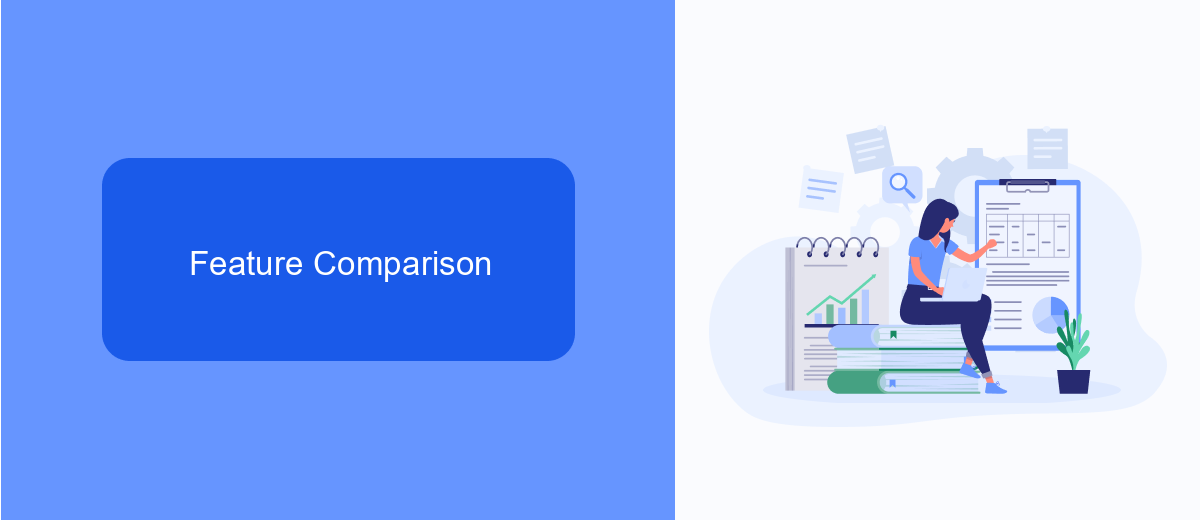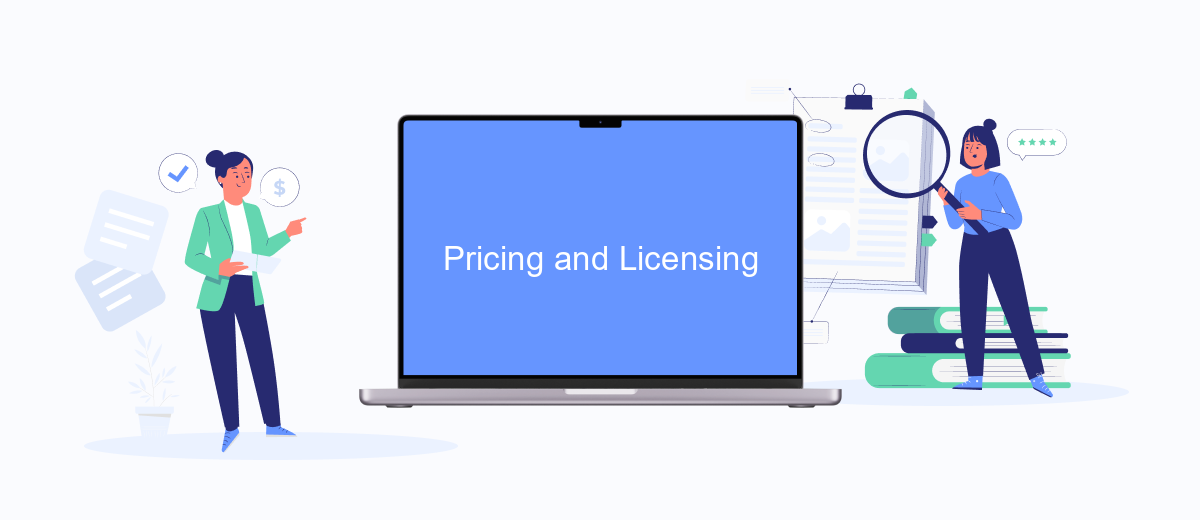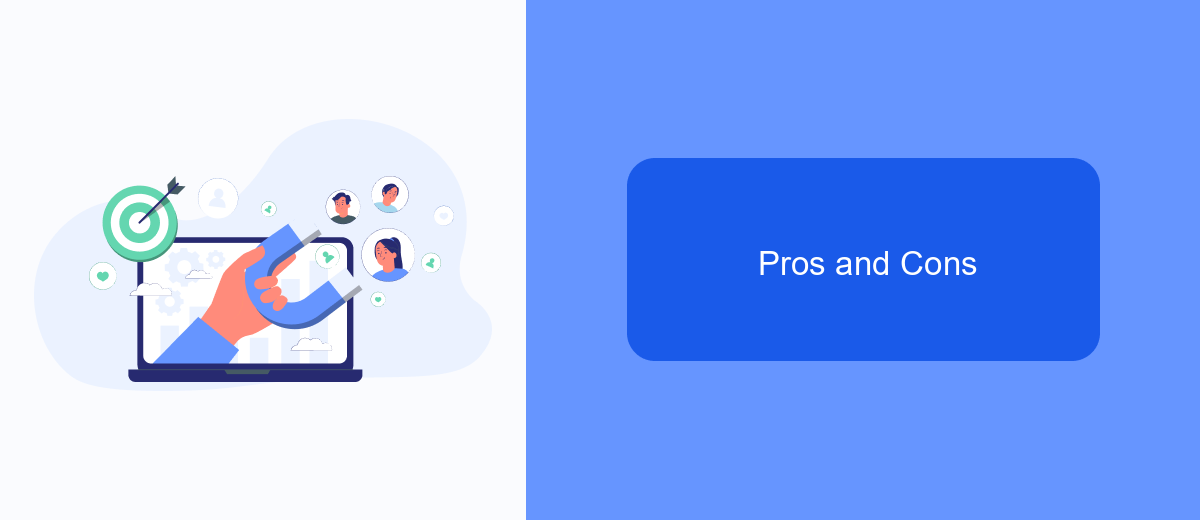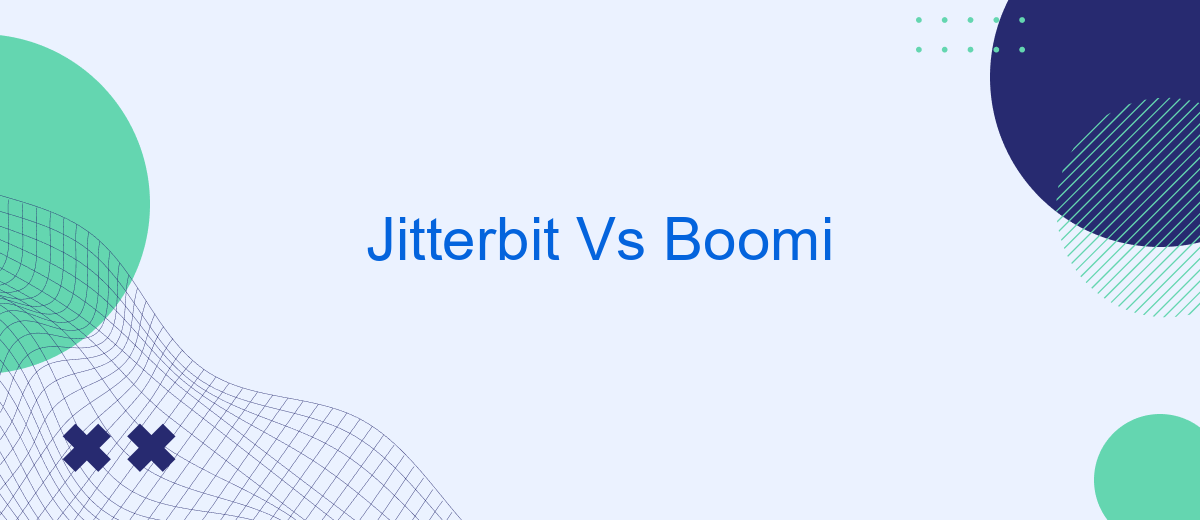When it comes to integrating diverse applications and data sources, two prominent platforms often come into consideration: Jitterbit and Boomi. Both offer robust solutions for businesses looking to streamline their workflows and enhance connectivity. This article delves into a comparative analysis of Jitterbit and Boomi, exploring their features, benefits, and potential drawbacks to help you make an informed decision.
Introduction
In today's fast-paced digital landscape, businesses are increasingly relying on integration platforms to streamline their operations and enhance connectivity between various applications. Two prominent players in this space are Jitterbit and Boomi. Understanding the differences between these platforms can help organizations make informed decisions that align with their specific integration needs.
- Jitterbit: Known for its user-friendly interface and robust data transformation capabilities.
- Boomi: Offers extensive connectivity options and a comprehensive suite of integration tools.
- SaveMyLeads: Simplifies the process of connecting various applications, making it easier for businesses to automate workflows.
Both Jitterbit and Boomi offer unique features and benefits, catering to different business requirements. While Jitterbit excels in ease of use and powerful data transformations, Boomi stands out with its wide range of connectivity options and comprehensive toolset. Additionally, services like SaveMyLeads can further enhance integration efforts by providing seamless connections between various applications, thereby optimizing business processes.
Feature Comparison

When comparing Jitterbit and Boomi, it's essential to consider their unique features and capabilities. Jitterbit excels in its user-friendly interface and rapid deployment capabilities, making it ideal for businesses that need quick integration solutions. It offers robust data transformation tools and pre-built templates that simplify the integration process. Additionally, Jitterbit's API management tools provide comprehensive control over API lifecycle, enhancing the overall integration experience.
Boomi, on the other hand, stands out with its extensive connectivity options and cloud-native architecture. It supports a wide range of applications and data sources, ensuring seamless integration across diverse systems. Boomi's advanced data mapping and process automation features streamline complex workflows, making it a preferred choice for large enterprises. Both platforms offer strong support for integration services like SaveMyLeads, which automates lead data transfer between various marketing and sales tools, further enhancing their integration capabilities.
Pricing and Licensing

When comparing Jitterbit and Boomi, understanding their pricing and licensing models is essential for making an informed decision. Both platforms offer a range of plans to cater to different business needs, but there are notable differences in their approaches.
- Jitterbit: Jitterbit provides a tiered pricing structure with options for small businesses to large enterprises. Their plans include features like unlimited integrations, advanced security, and premium support. Custom pricing is available for enterprises with more complex requirements.
- Boomi: Boomi offers a subscription-based pricing model with various tiers tailored to different levels of usage and complexity. Their pricing includes access to a wide range of connectors, data management tools, and support services. Like Jitterbit, Boomi also provides custom pricing for larger organizations.
Both Jitterbit and Boomi offer robust solutions for integration needs, but the choice between them may depend on your specific budget and requirements. For businesses seeking straightforward integration setups, services like SaveMyLeads can also be considered, providing an affordable and user-friendly alternative for automating workflows and managing data connections.
Pros and Cons

When comparing Jitterbit and Boomi, it's essential to weigh their respective strengths and weaknesses. Jitterbit is known for its user-friendly interface and robust data transformation capabilities, making it a solid choice for businesses looking for a straightforward integration solution. Boomi, on the other hand, excels in its extensive pre-built connectors and strong community support, which can significantly speed up the integration process.
However, both platforms have their downsides. Jitterbit can be more expensive, especially for smaller businesses, and its advanced features may require a steeper learning curve. Boomi, while offering a comprehensive suite of tools, may present challenges in terms of customization and flexibility for highly specific integration needs.
- Jitterbit Pros: User-friendly, robust data transformation.
- Jitterbit Cons: Higher cost, steeper learning curve.
- Boomi Pros: Extensive connectors, strong community support.
- Boomi Cons: Customization challenges, flexibility issues.
For businesses that require simplified integration setups, services like SaveMyLeads can be a valuable addition. SaveMyLeads offers automated data transfer solutions, which can complement the capabilities of both Jitterbit and Boomi, ensuring seamless data flow without the need for extensive technical expertise.
Conclusion
In conclusion, both Jitterbit and Boomi offer robust integration solutions tailored to different business needs. Jitterbit excels in providing a user-friendly interface and powerful data transformation capabilities, making it an excellent choice for businesses looking for a straightforward and efficient integration platform. On the other hand, Boomi stands out with its extensive pre-built connectors and strong emphasis on scalability, which is ideal for enterprises with complex integration requirements.
For businesses seeking an additional layer of convenience and automation in their integration processes, services like SaveMyLeads can be invaluable. SaveMyLeads offers an intuitive platform to automate lead generation and data synchronization across various applications, complementing the capabilities of both Jitterbit and Boomi. Ultimately, the choice between Jitterbit and Boomi should be guided by your specific integration needs, technical expertise, and long-term business goals.
- Automate the work with leads from the Facebook advertising account
- Empower with integrations and instant transfer of leads
- Don't spend money on developers or integrators
- Save time by automating routine tasks
FAQ
What are the primary differences between Jitterbit and Boomi?
Which platform is more cost-effective for small to medium-sized businesses?
How do Jitterbit and Boomi handle data security and compliance?
Can these platforms integrate with popular CRM systems like Salesforce and HubSpot?
What support options are available for businesses implementing these platforms?
Use the SaveMyLeads service to improve the speed and quality of your Facebook lead processing. You do not need to regularly check the advertising account and download the CSV file. Get leads quickly and in a convenient format. Using the SML online connector, you can set up automatic transfer of leads from Facebook to various services: CRM systems, instant messengers, task managers, email services, etc. Automate the data transfer process, save time and improve customer service.

